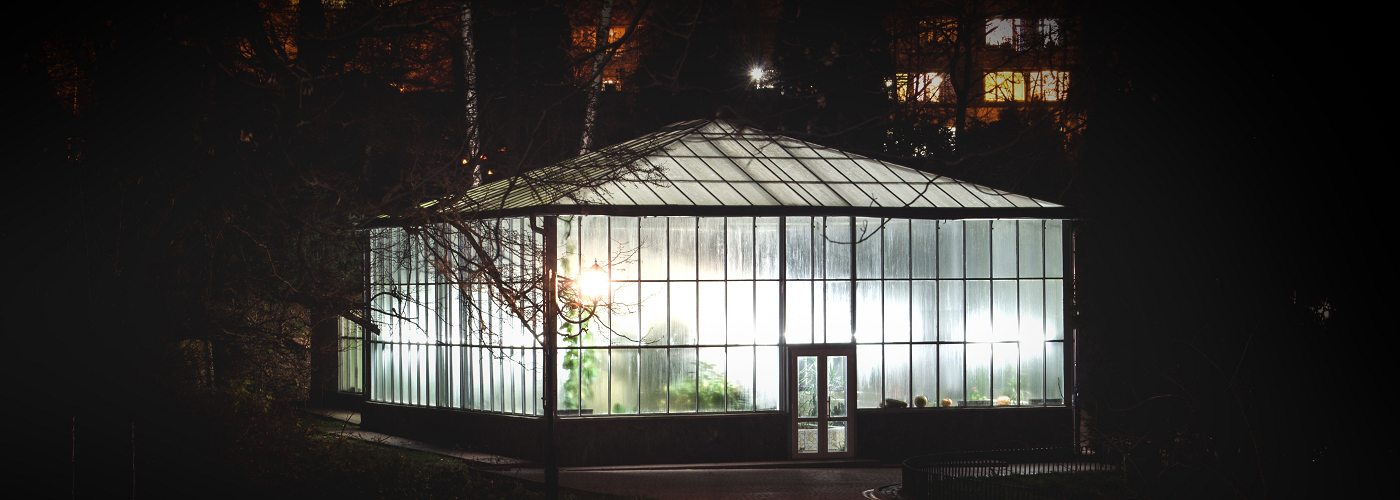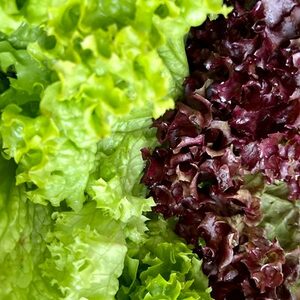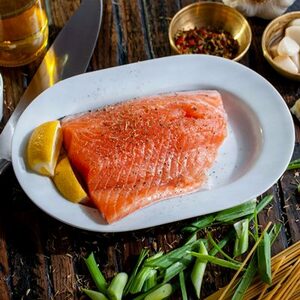

Temperatures below zero, with a foot of snow on the ground...not exactly the kind of conditions that are conducive to growing a crop of leafy greens. However, a facility in west-central Wisconsin, one of the largest of its kind in the world, promises a year-round supply of a variety of leafy greens for salads, while also raising Atlantic salmon indoors.
The system of cultivating plants in water in a symbiotic environment with aquatic animals, such as fish, is known as aquaponics. In an aquaponic system, the fish produce waste, including ammonia, in the water. This water is then introduced to the plants, and along with nitrifying bacteria, the ammonia is converted into nitrites, and then nitrates. Nitrates serve as nutrients to the plants, and even the solid fish waste can serve as compost for the plants. The cycle is completed as the plants serve as natural filters for the water which is recirculated back to the fish tank.
The facility in west-central Wisconsin is aquaponics on a large scale. The glass greenhouse portion covers an area of three acres, coupled with a 40,000 square-foot fish house. Since Wisconsin winters don't usually provide consistent enough sunlight for the quality of leafy greens that the facility produces, a system of smart LED grow lights are employed to supplement the natural sunlight. When the sun is fully shining, a system of sensors alert controlling software to dim the LED lights. When the sun gets obscured, the LED lights get turned up once again to ensure steady light levels and consistent growing conditions in the greenhouse, while reducing energy costs by 50% compared to traditional lighting.
Aquaponics presents a promising system of agriculture, especially in areas of the world with limited growing seasons. Furthermore, there is no toxic runoff in an aquaponics operation, as the water gets recycled, and no harmful chemicals or pesticides need to be added to this natural system. Finally, as these facilities can be set up almost anywhere, they are able to provide the sort of locally-grown and raised produce and fish year-round that is not possible with conventional agriculture.

